On October 1st, the sole vice-presidential debate between Democratic nominee Governor Tim Walz of Minnesota and Republican nominee Senator JD Vance of Ohio took place in New York City. The debate, hosted by CBS News, provided a 90-minute snapshot of the candidates’ positions on major national and international issues, aiming to influence voters ahead of the November election.
Throughout the debate, both candidates addressed key topics like foreign policy, immigration, the economy, and reproductive rights. Foreign policy largely led the discussion, with both Walz and Vance affirming their support for Israel in light of recent tensions with Iran. On immigration, Vance championed stricter border policies, while Walz advocated for comprehensive reform. Their economic views diverged as well, with Walz defending Biden-Harris tax policies for working families and Vance voicing concerns over inflation and promoting Trump-era tariffs.
In terms of style, the debate was noted for its unusual civility. Both Walz and Vance remained composed and respectful, a tone that contrasted with the sharper, often combative exchanges seen in previous debates. Walz leaned into his experience as a governor, aiming to come across as steady and pragmatic, while Vance sought to capture a younger, more conservative base, emphasizing his commitment to reform and fiscal discipline. This focus on maintaining decorum allowed both candidates to stay on message and appeal to undecided viewers without overwhelming them with conflict, unlike the two presidential debates of this cycle.
Public opinion on who “won” the debate was nearly split in most polling. According to a CBS News poll, 42% of viewers leaned toward Vance, with 41% favoring Walz—a nearly even split that suggests the debate may not have dramatically shifted public opinion but rather reinforced each party’s base. This vice-presidential debate allowed each candidate to showcase their vision for the future, setting the stage for the final stretch of the campaign season.












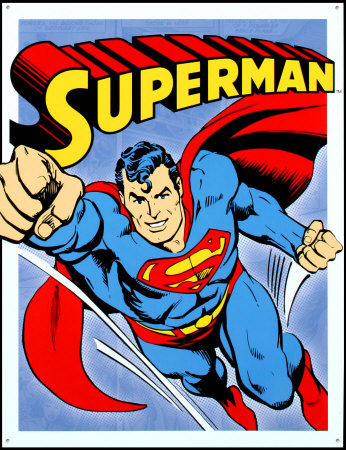












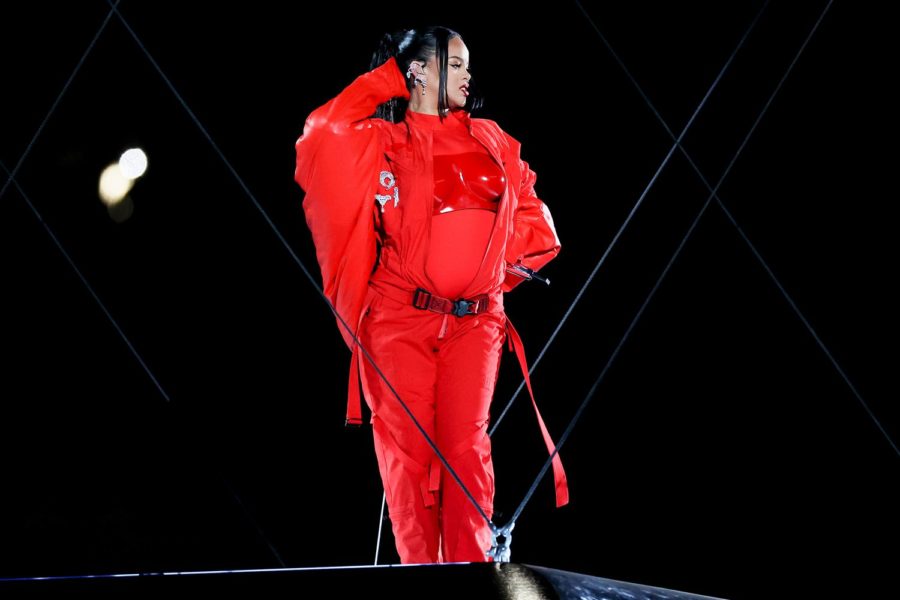


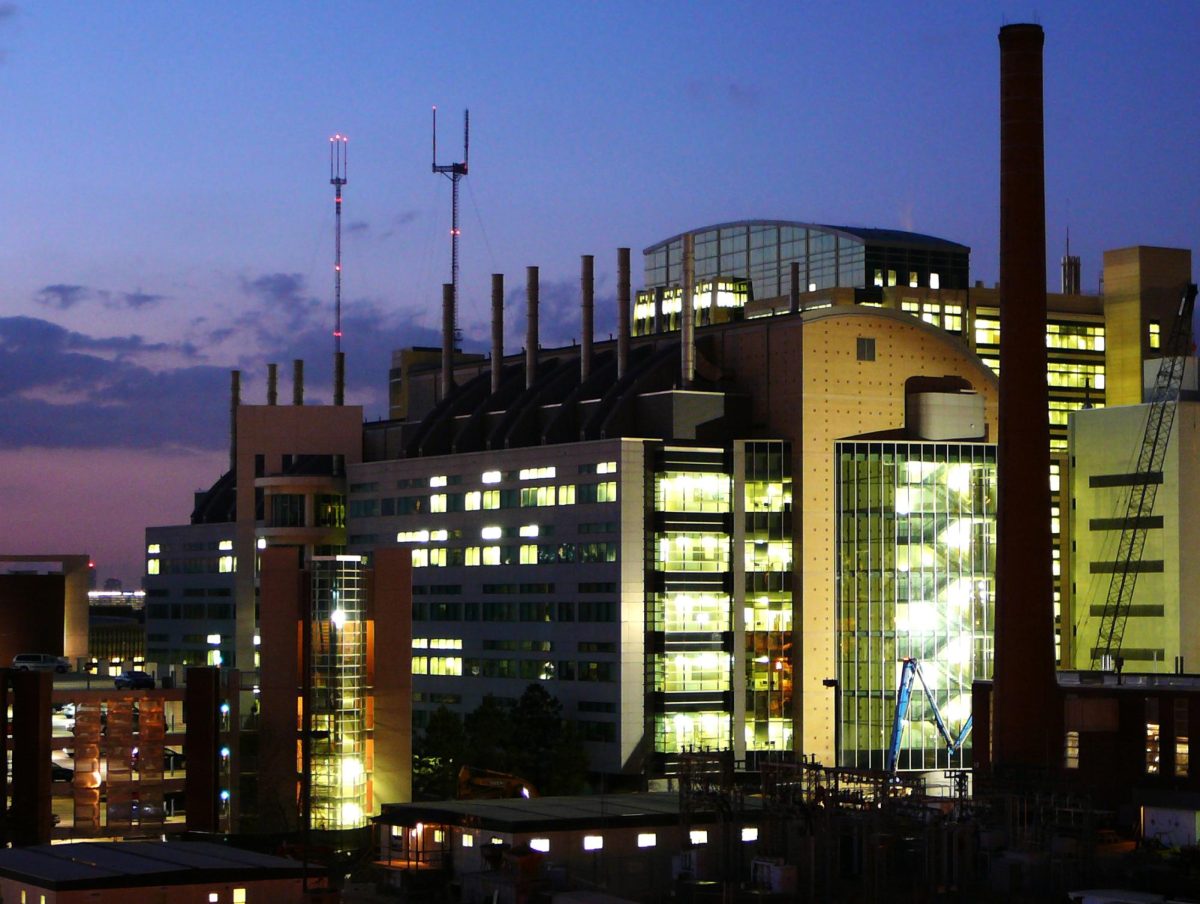


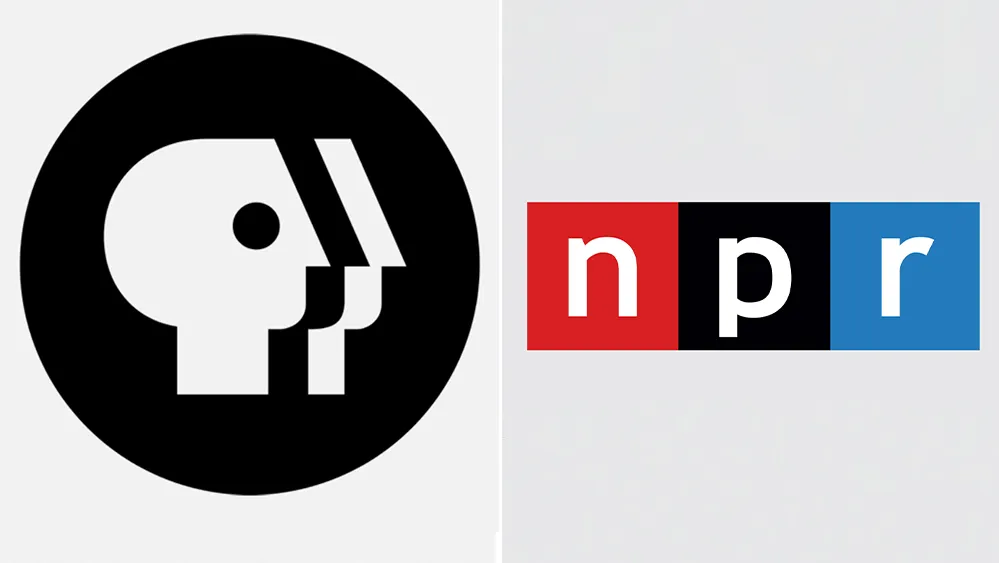
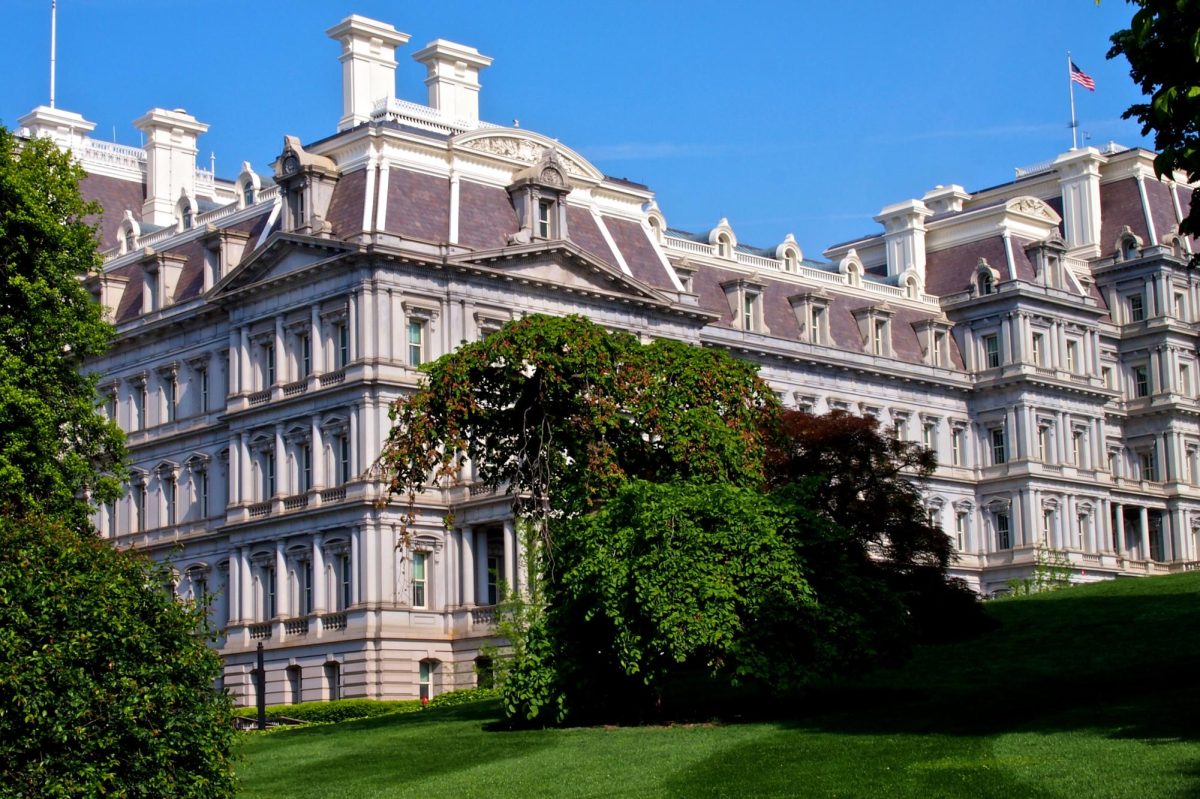



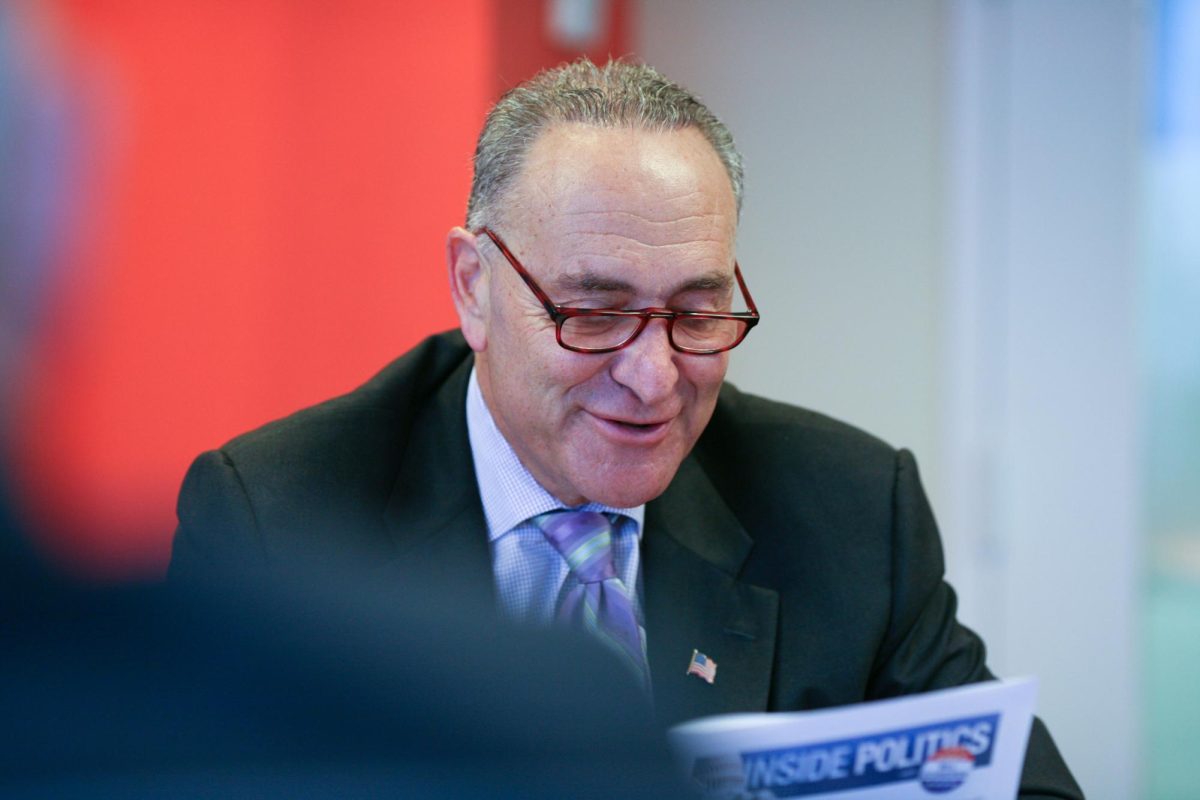
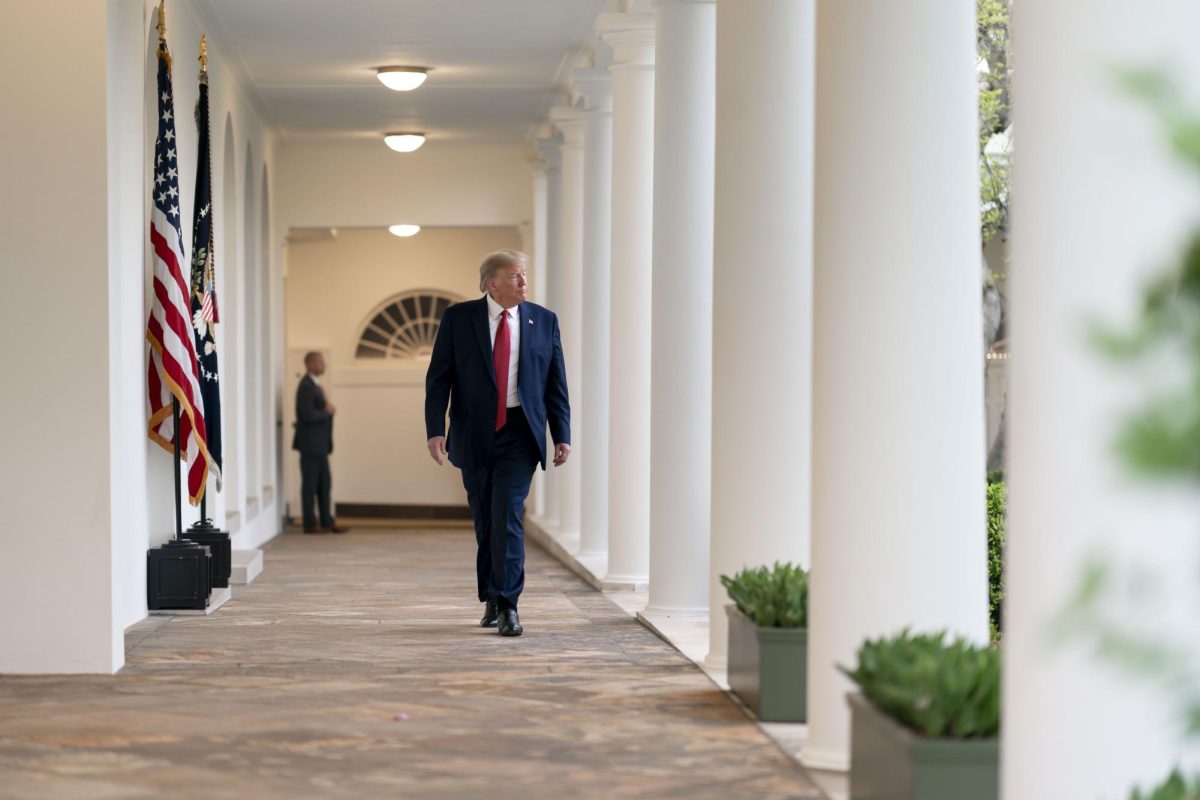


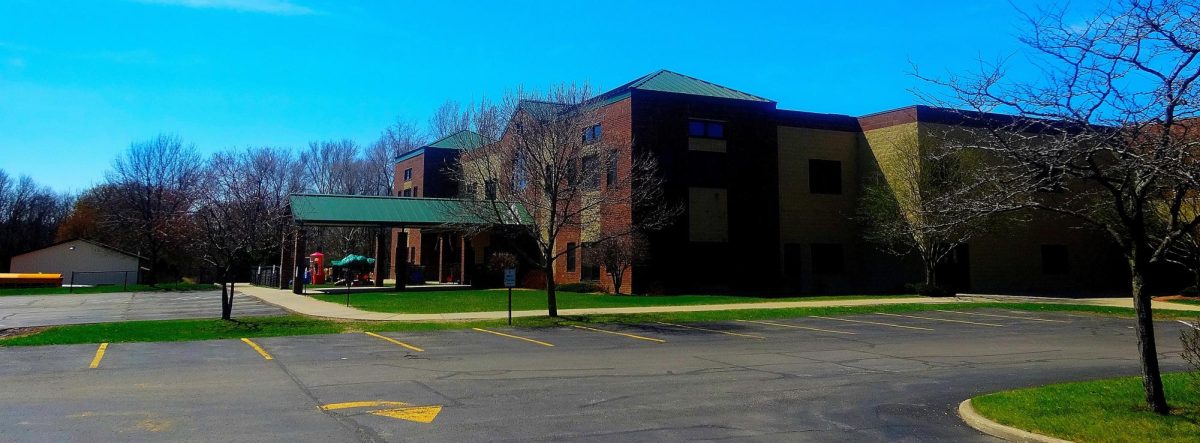
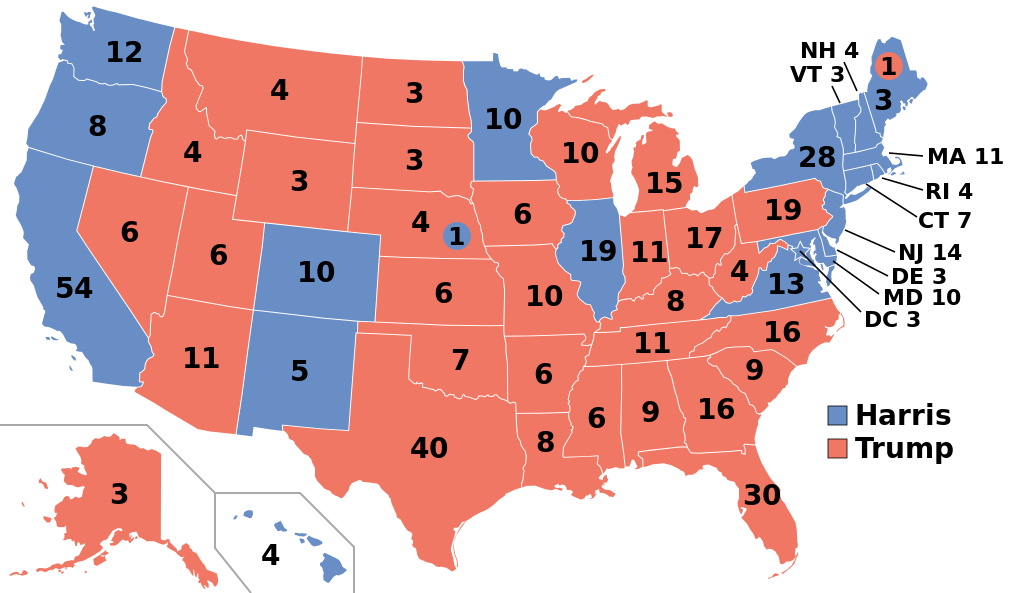
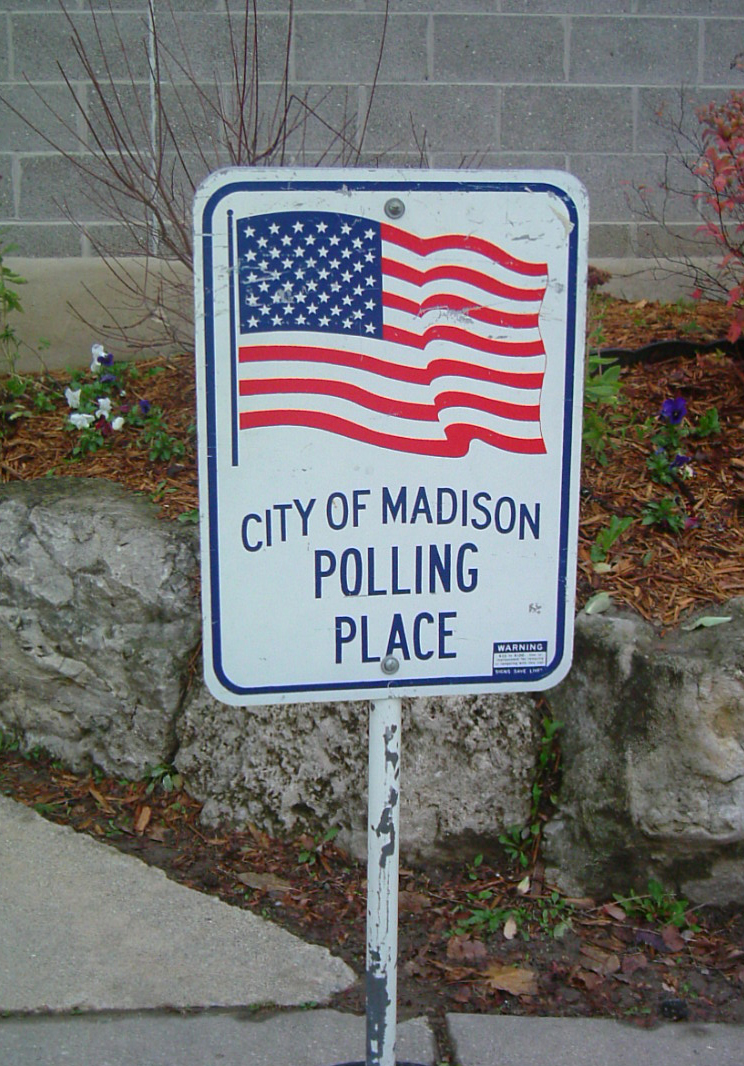






![Image credit to [puamelia]](https://memorialswordandshield.com/wp-content/uploads/2025/08/3435027358_ef87531f0b_o-1200x803.jpg)




